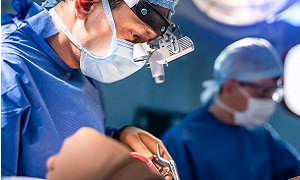Nuss Procedure
The Nuss procedure is used for treating pectus excavatum. It is a minimally invasive procedure, which was invented by Donald Nuss. Pectus excavatum is a structural deformity of the anterior thoracic wall in which the sternum and rib cage are abnormally shaped. This produces a caved-in or sunken appearance of the chest. It might be present at birth or develop after puberty.
This ailment can not just impair cardiac and respiratory function but also cause pain in the chest and back. People with this condition might experience severe negative psychosocial effects, and therefore, avoid any activities that expose the chest.
Purpose
Procedure
Recovery
The general recovery time for this procedure is around 2-5 days of hospital stay. Your doctor will then prescribe medication for the pain, after the procedure, which will be followed by physical therapy in the weeks or months after the procedure. You should be able to return to your normal routine around one month after the operation.
The support bar inserted through the procedure usually remains inside the chest for 2-4 years after the initial procedure. Your doctor will continue to schedule follow-up visits every 3-6 months to monitor the progress.
Risks
There are multiple risks which are associated with a Nuss procedure, some of them including:
- Pain that can last over a month
- Damage to the lungs or the heart during the procedure
- Pectus excavatum that may come back
- Bars that move out of place
- Fluid around the lung or a collapsed lung


